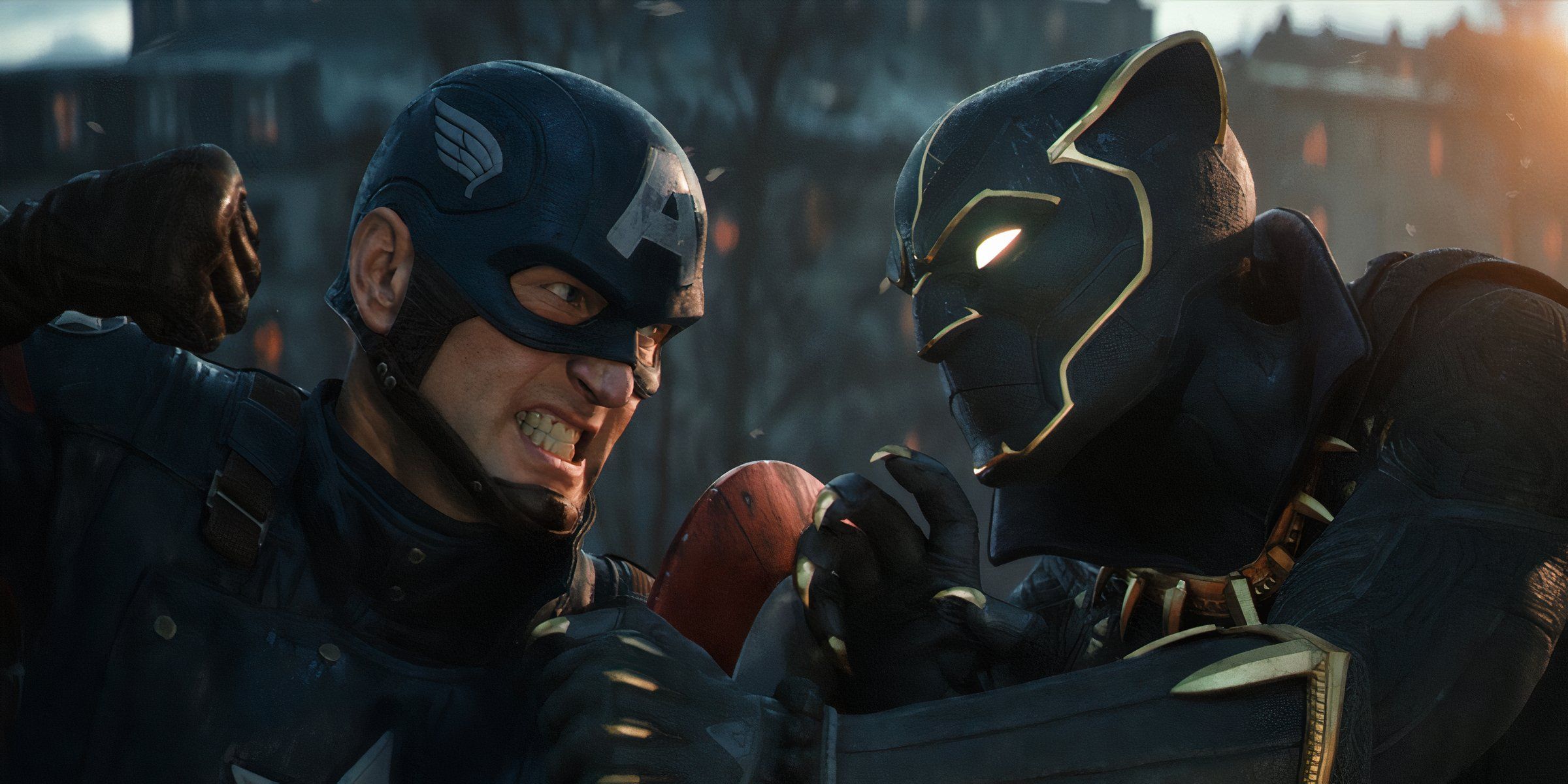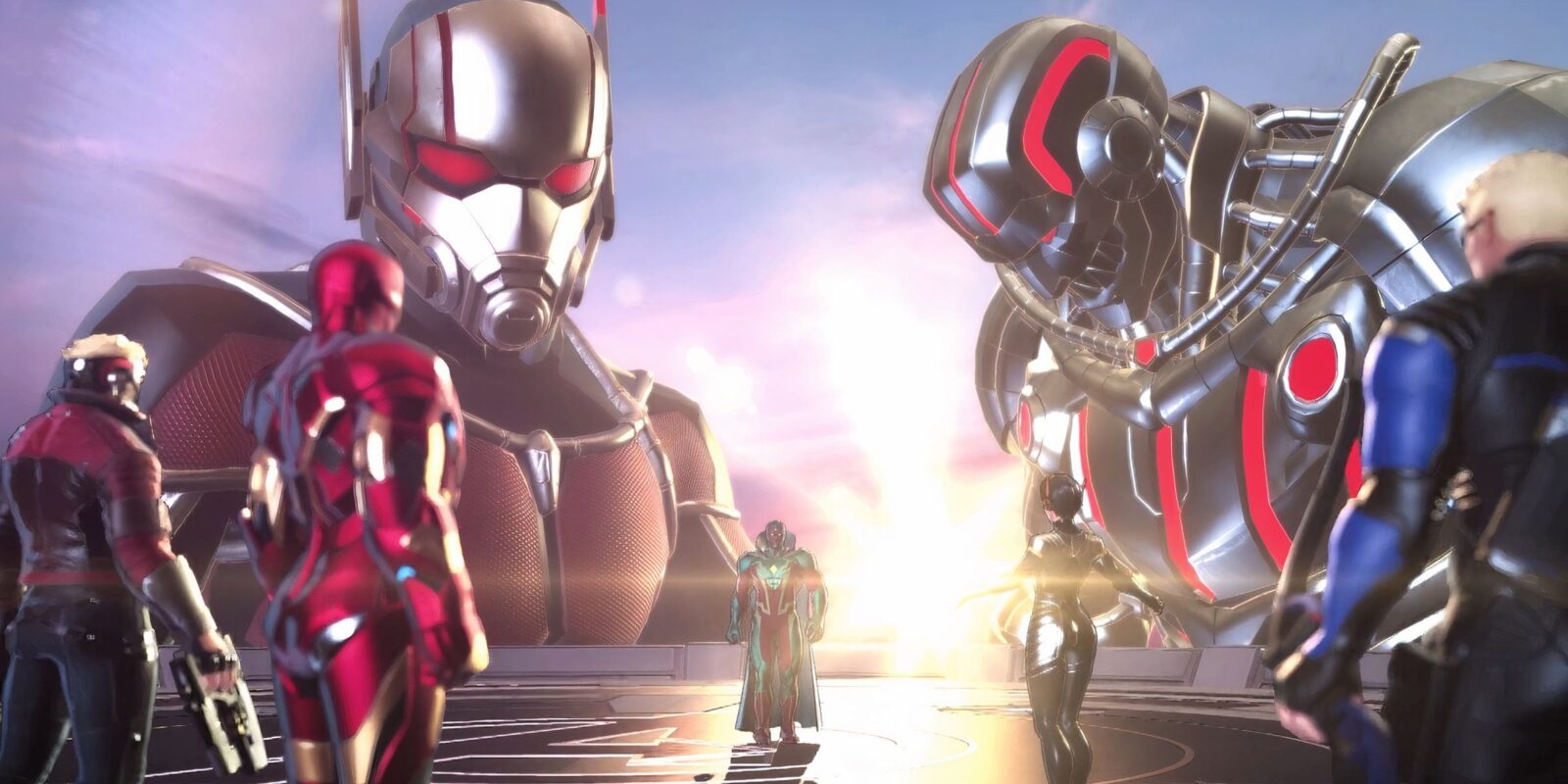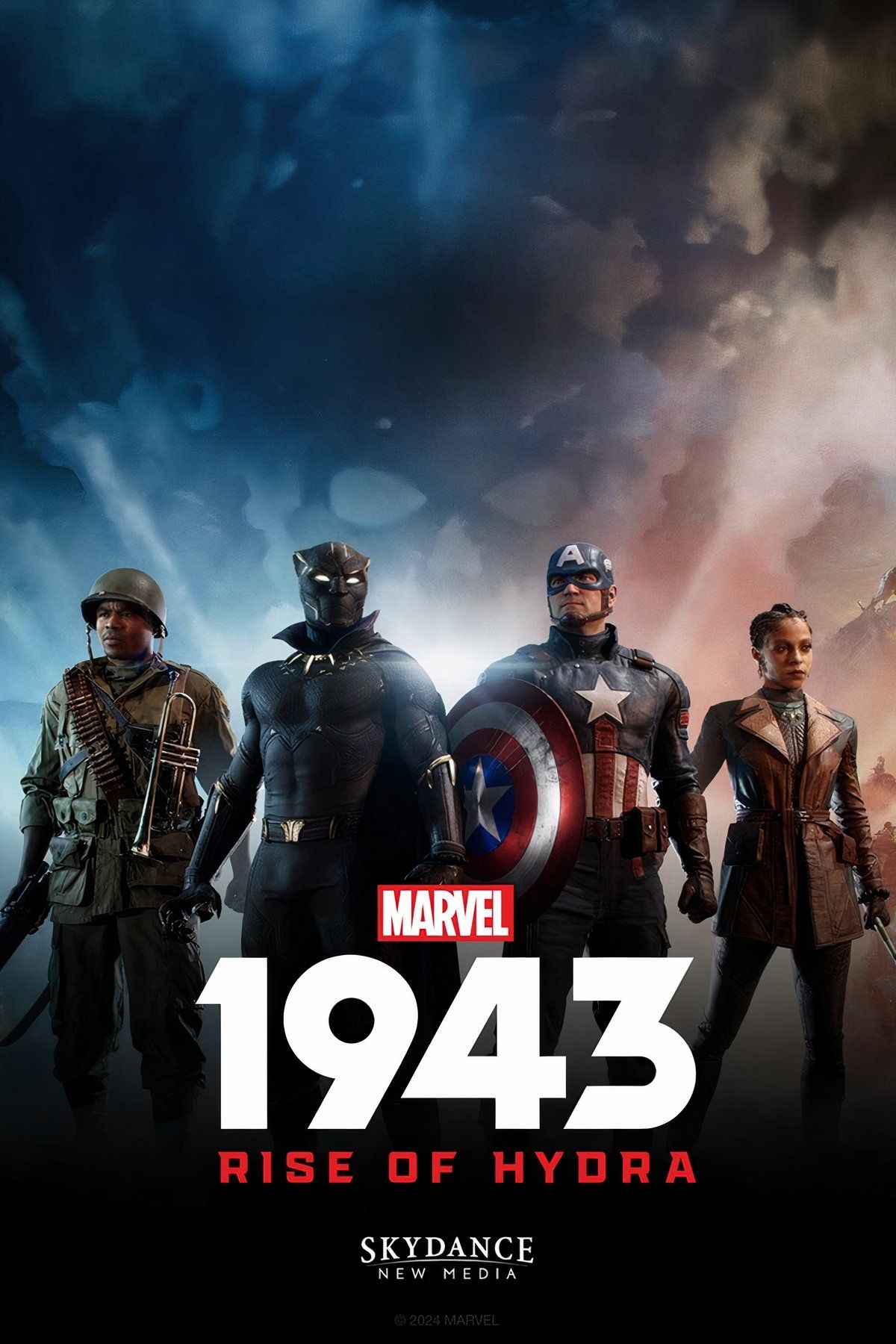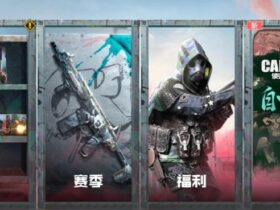While Insomniac’s Marvel’s Wolverine, Arkane’s Marvel’s Blade, EA Motive’s Iron Man game, and Cliffhanger’s Black Panther game are all examples of upcoming solo Marvel games, Marvel’s most novel upcoming project is surely Skydance’s Marvel 1943: Rise of Hydra. Forgoing the simple concept of a Captain America game or a Black Panther game—the latter of which already being in development anyhow—it will be highly fascinating to see what is in store with regards to how gameplay will look between each of Marvel 1943: Rise of Hydra’s four characters: Steve Rogers, Gabriel Jones, Azzuri, and Nanali.
It’s been made abundantly clear in two cinematic trailers thus far that Marvel 1943: Rise of Hydra will be a visual and graphical powerhouse, especially regarding its exquisite facial capture rendering the game in life-like fidelity. If successful or received well, it’s possible that Marvel 1943 will be the first of many ensembles, especially with an X-Men game from Insomniac potentially in the works. However, how Marvel 1943: Rise of Hydra’s gameplay takes shape and how the game is generally received will probably set the tone for how such single-player ensembles may be perceived and judged going forward.

Related
Marvel 1943: Rise of Hydra Should Extend an Unhappy Ending to Captain America, Black Panther
Marvel 1943: Rise of Hydra probably won’t have a happy ending based on source material canon and neither should either of its superhero protagonists.
Marvel 1943: Rise of Hydra’s Ensemble Characters May Only Be as Strong as Their Weakest Link
Rumored to be an ensemble game long before it was officially announced, a prevailing guess was that it was going to turn out to be a Fantastic Four game. Marvel 1943: Rise of Hydra’s chosen group is much more unprecedented, though, as it intends to juggle four characters with varying degrees of popularity, familiarity, and ability. Indeed, Marvel 1943’s biggest hurdle on paper would be to somehow design Gabriel Jones and Nanali so that they are as exciting and engaging to play as either Captain America or Black Panther.
Having Marvel 1943 swap between Captain America and Black Panther alone might’ve been phenomenal, but Skydance has elected to include two characters whose stories and gameplay have impossible standards to meet when there could realistically be a considerable backslide swapping from Cap to Gabe or Panther to Nanali. Gabe and Nanali’s roles in the story must be tremendously large if they’re playable characters.
But, even if their stories and development are far greater than the super-powered characters they align with, that might not be enough to carry them through the game if whatever their gameplay encompasses doesn’t somehow sustain itself amidst shield-tossing and rooftop-scaling. This is the issue that any Marvel ensemble will face, too, as characters are balanced against one another.
The Age of Marvel Ensembles May Be Beckoned by 1943: Rise of Hydra
One silver lining to Marvel 1943 is that Gabriel Jones and Nanali will likely offer a foundation to the game that tones down the fantastical nature of typical superhero stories, which may be perfect as Marvel 1943’s titular era should undoubtedly lack a vast pantheon of costumed characters anyhow. Marvel 1943’s titular era and set dressing amid World War 2 will be its backbones in terms of atmosphere and aesthetics, and Gabe and Nanali’s perspectives should hope to provide context that Captain America and Black Panther’s don’t.
It’s also not inconceivable to consider how future single-player ensembles might wield different characters in a modern-day setting. It’s far more likely that an ensemble such as X-Men may have a full cast of playable mutants rather than a couple of mutants and a couple of regular humans, of course, and yet Marvel 1943: Rise of Hydra may hopefully prove that the latter approach is equally tantalizing in gameplay and narrative.














Leave a Reply